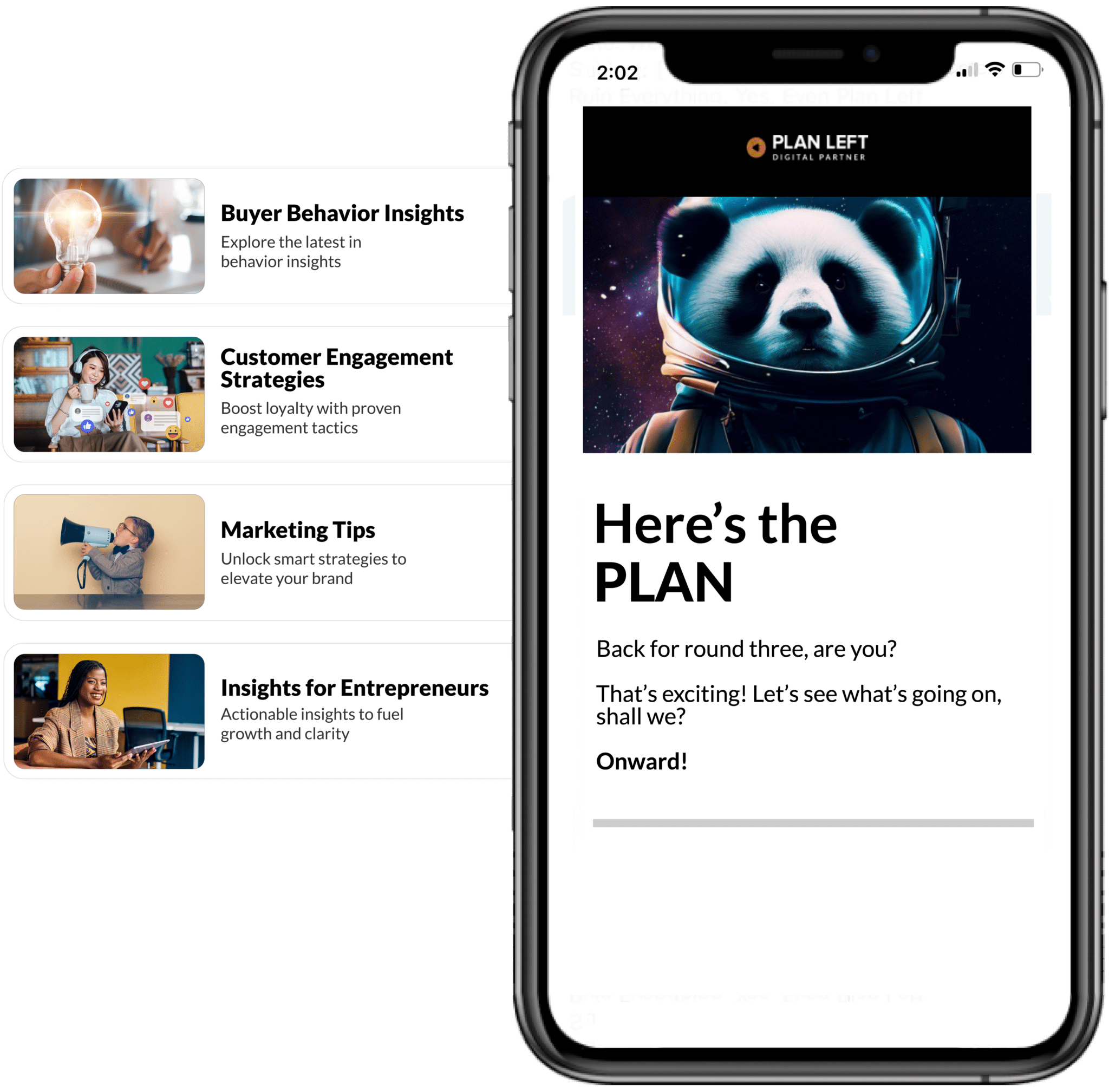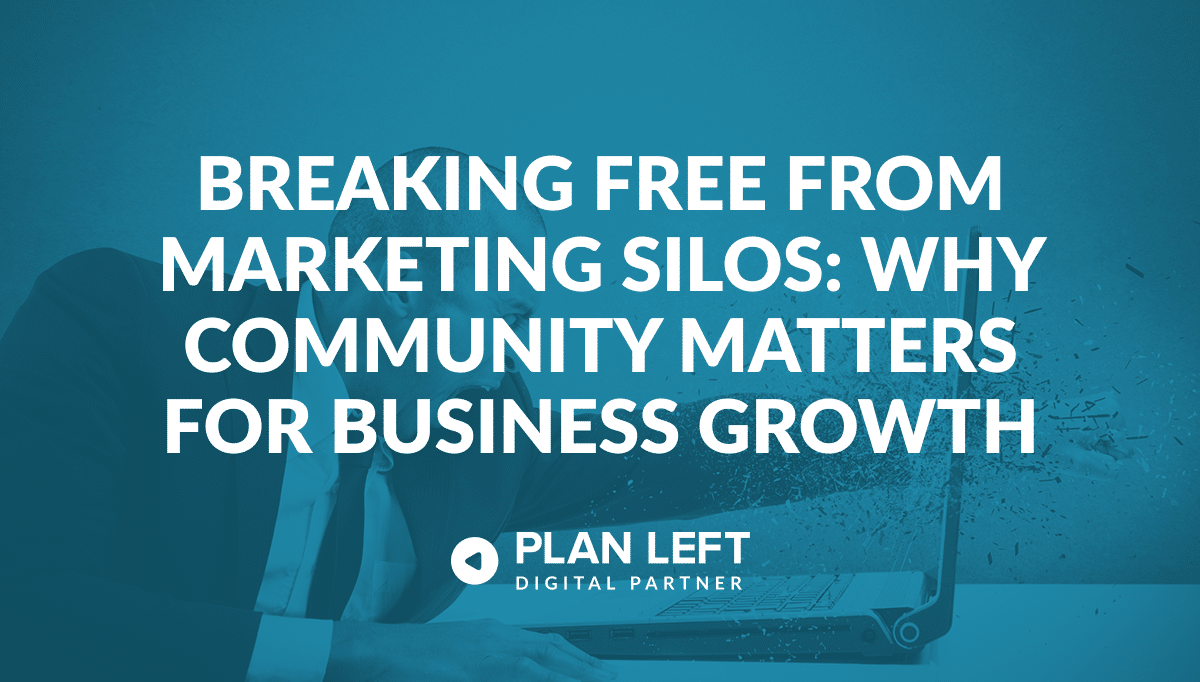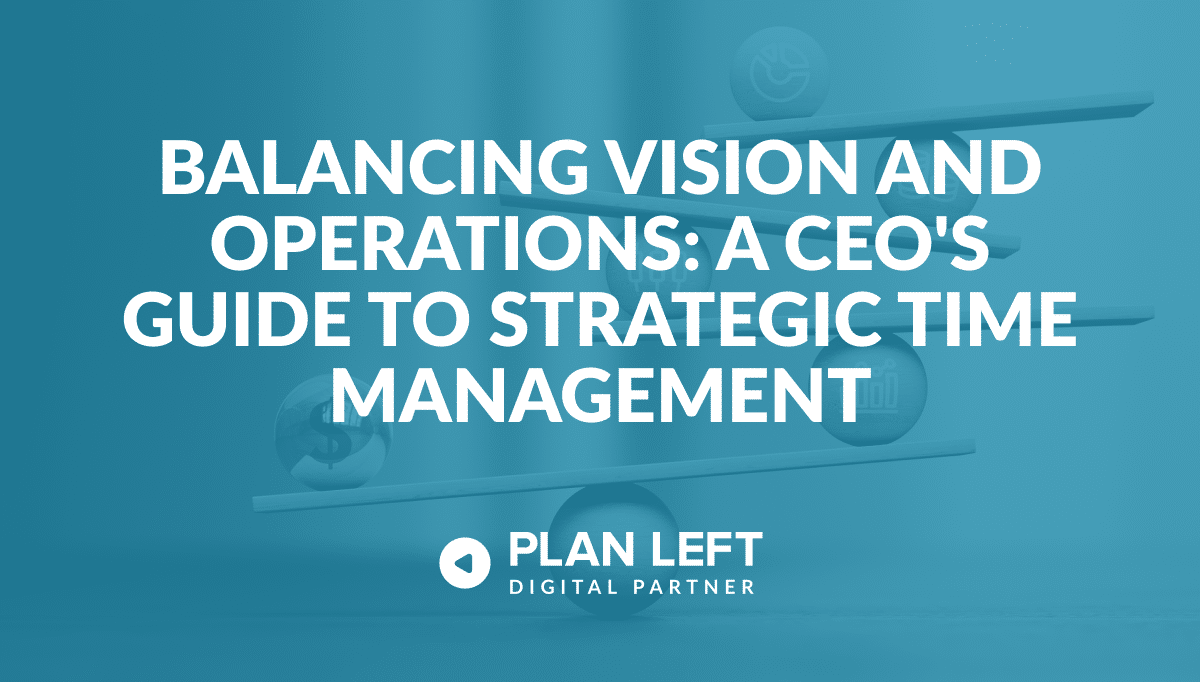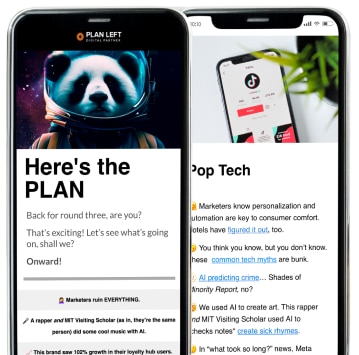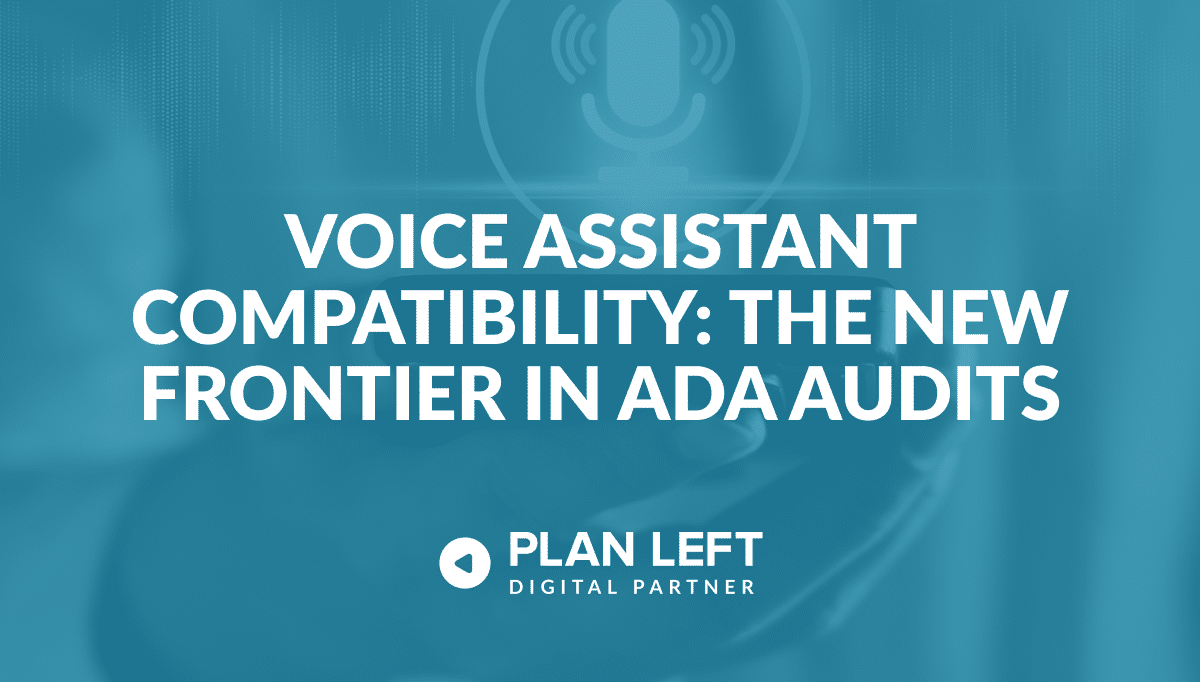
Imagine a world where technology listens—truly listens—to every user, regardless of their abilities, speech patterns, or communication challenges. Voice assistants are rapidly transforming how we interact with technology, but their promise of universal access remains an unfinished journey.
The Emerging Landscape of Voice Accessibility
Voice interaction technologies represent a profound shift in digital experiences. No longer confined to traditional interfaces of clicks and swipes, we’re entering an era where spoken words become the primary gateway to information, services, and digital connection.
Yet this exciting frontier comes with complex challenges. Voice assistants aren’t simply about understanding words—they’re about comprehending intent, context, and the rich diversity of human communication. Accessibility in this realm means creating technologies that can interpret and respond to the vast spectrum of human vocal expression.
Comprehensive Accessibility Challenges
The barriers to truly inclusive voice technologies are multifaceted:
1 – Speech Recognition and Comprehension
Traditional voice assistants often struggle with:
- Diverse accents and dialects
- Speech impediments
- Variations in pronunciation
- Complex linguistic nuances
2 – Alternative Interaction Methods
Not all users can interact through standard voice commands. Accessibility means providing:
- Text-based alternatives
- Visual feedback mechanisms
- Adaptive input options
- Support for augmentative communication devices
3 – Cognitive and Linguistic Accessibility
Voice interfaces must accommodate:
- Users with cognitive processing differences
- Individuals learning a language
- People with neurological variations that impact communication
- Different levels of linguistic complexity
Technical Strategies for Accessible Voice Interfaces
Creating inclusive voice technologies requires a holistic, innovative approach.
Key design principles include:
- Implementing multiple recognition algorithms
- Providing extensive language and dialect support
- Developing adaptive learning mechanisms
- Creating robust error correction and clarification protocols
- Ensuring transparent, predictable interaction models
Quality assurance becomes critical. Accessibility testing must:
- Evaluate performance across diverse user groups
- Assess comprehension under various communication conditions
- Validate alternative input method effectiveness
- Measure cognitive load and user experience
Transforming Voice Technologies
Accessibility in voice technologies isn’t just about meeting standards—it’s about reimagining communication itself. The most innovative organizations view these challenges as opportunities to:
- Expand technological inclusivity
- Create more nuanced, empathetic interaction models
- Develop technologies that adapt to human diversity
The Future of Inclusive Voice Interactions
As voice technologies evolve, our approach must be dynamic and forward-thinking. We’re moving beyond simplistic voice commands toward technologies that:
- Understand context
- Adapt to individual communication styles
- Provide meaningful, personalized interactions
The ultimate goal is clear: voice technologies should be a bridge, not a barrier. They should amplify human potential, creating digital experiences that feel intuitive, respectful, and genuinely welcoming to everyone.
Explore Latest Posts
Breaking Free from Marketing Silos: Why Community Matters for Business Growth Every entrepreneur knows the weight of making decisions alone. ... read more
December 11, 2025
A Step-By-Step Approach to Breaking Free from Generic Marketing Enterprise marketing leaders face the challenge of standing out among countless ... read more
December 9, 2025
The constant tug-of-war between strategic vision and operational demands defines the modern CEO experience. While your company's future depends on ... read more
December 4, 2025
Essential Strategies for Entrepreneurs
Get Actionable Business Insights & Marketing Tips
Our newsletter delivers real-world strategies from entrepreneurs who’ve been exactly where you are.
Sign up now for:
- Actionable growth strategies that work
- Insider tactics for attracting top talent
- Real-world case studies from successful founders
- Emerging tech trends that drive innovation
- Pragmatic marketing approaches for visionary leaders
